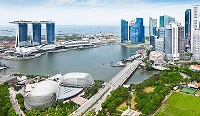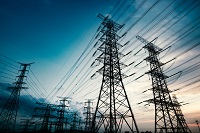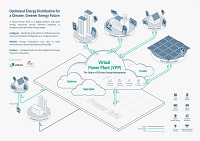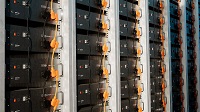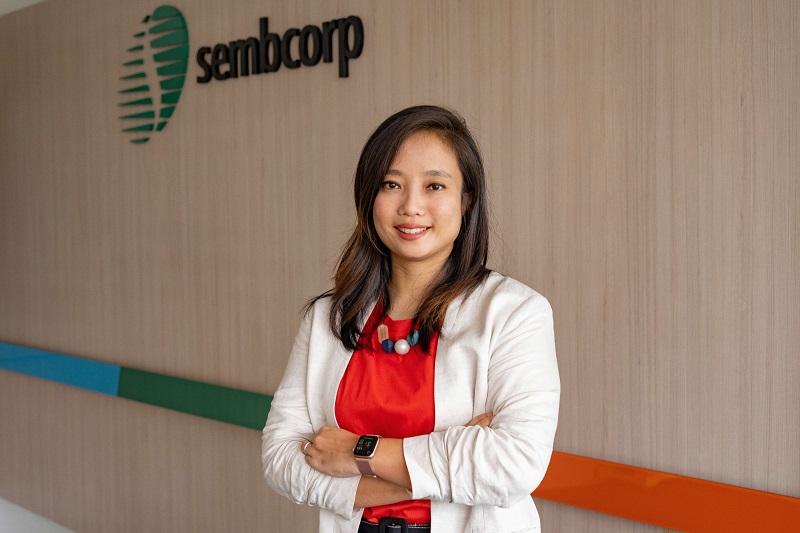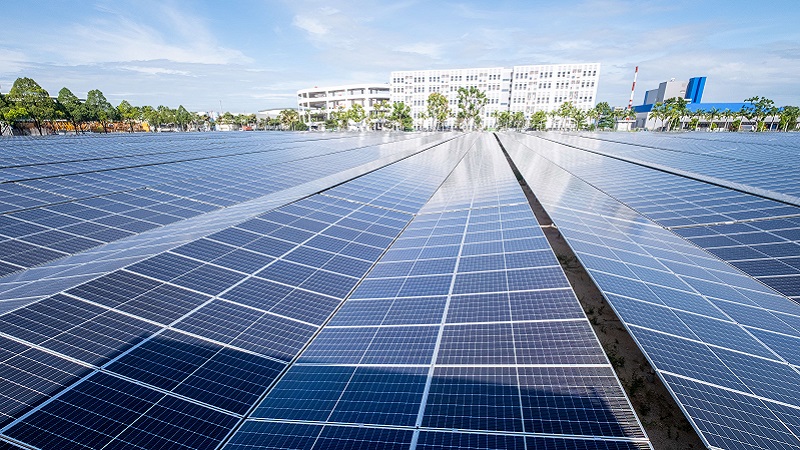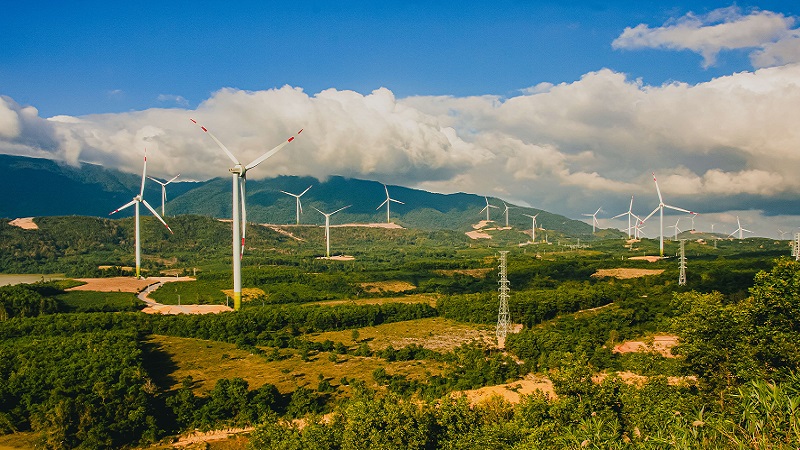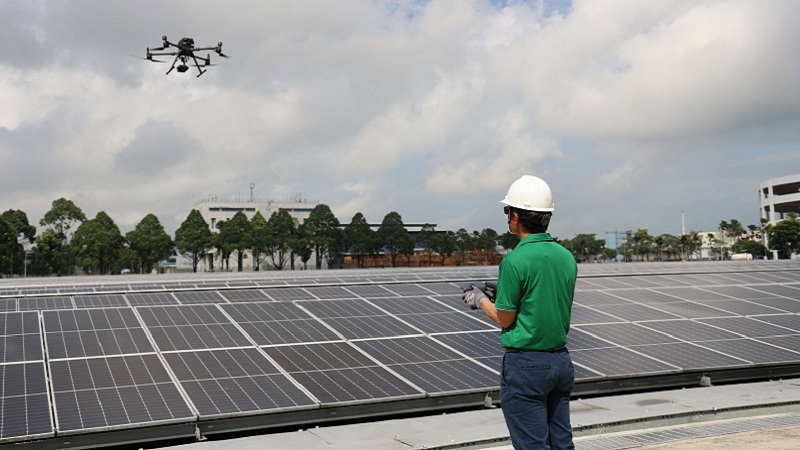As a small city-state, Singapore faces challenges in its energy transition due to limited land availability and the lack of access to renewable energy sources such as wind and tidal power. Nonetheless, the government has initiated several projects to decarbonise energy-intensive sectors, collaborate on pathfinder projects, and promote cross-border frameworks. These include the National Hydrogen Strategy to leverage the potential of hydrogen as a decarbonisation pathway, and the recent establishment of the Future Energy Fund to support infrastructure investments and catalyse energy transition projects.
To mitigate these challenges, Sembcorp invests in capabilities and technology. We operate Southeast Asia’s largest energy storage system across two hectares of land in Jurong Island, Singapore. Its rapid response time to store and supply power in milliseconds is essential in mitigating solar intermittency caused by changing weather conditions in Singapore. We have also been working with JTC to solarise temporary vacant land. Our first solar land farm in Tuas, spanning nearly 10 hectares, incorporates a first-of-its-kind integrated rainwater harvesting system. Recently, we were awarded another JTC tender to solarise interim vacant land and rooftops of five buildings on Jurong Island with a contracted capacity of 117 megawatt-peak (MWp).
